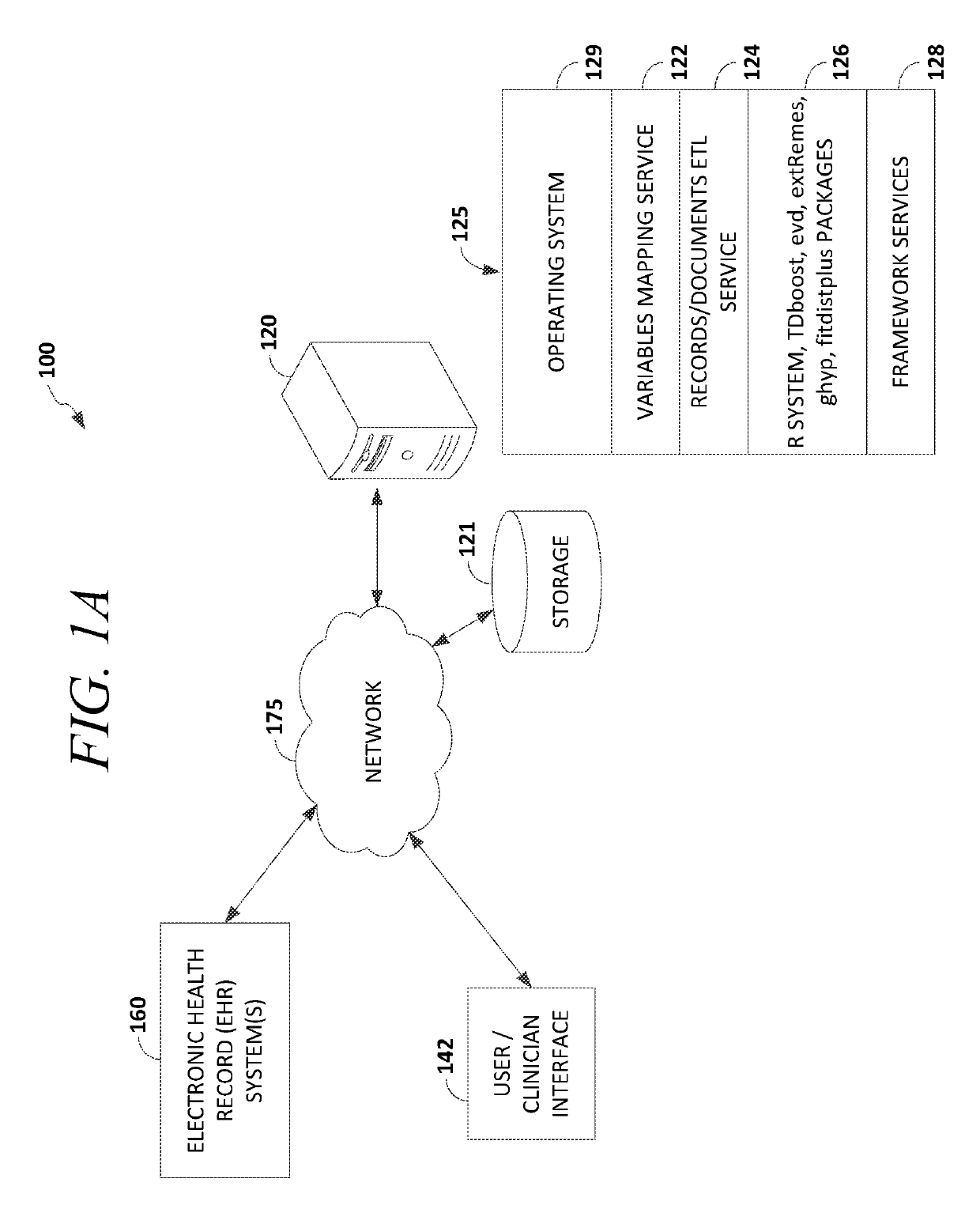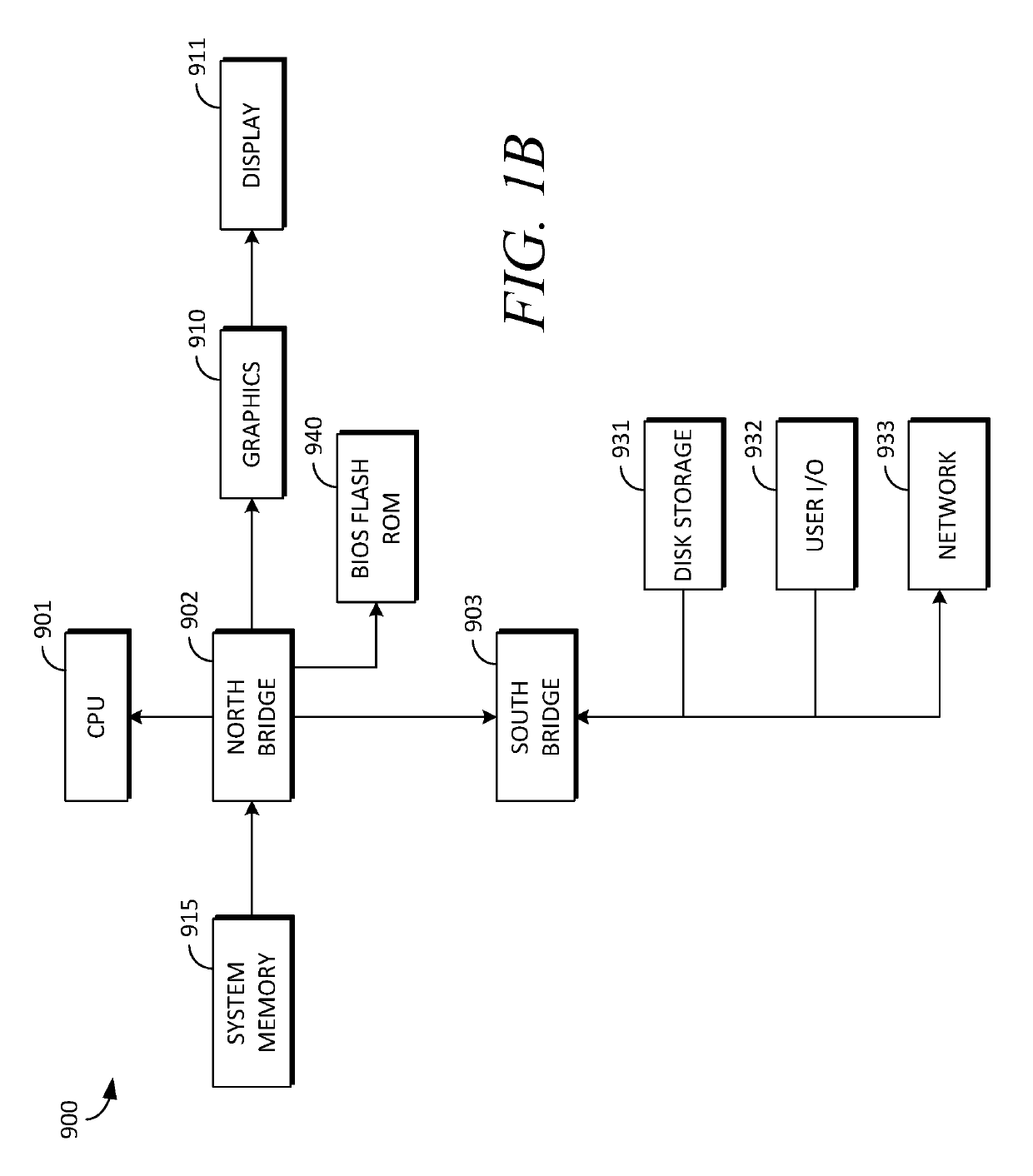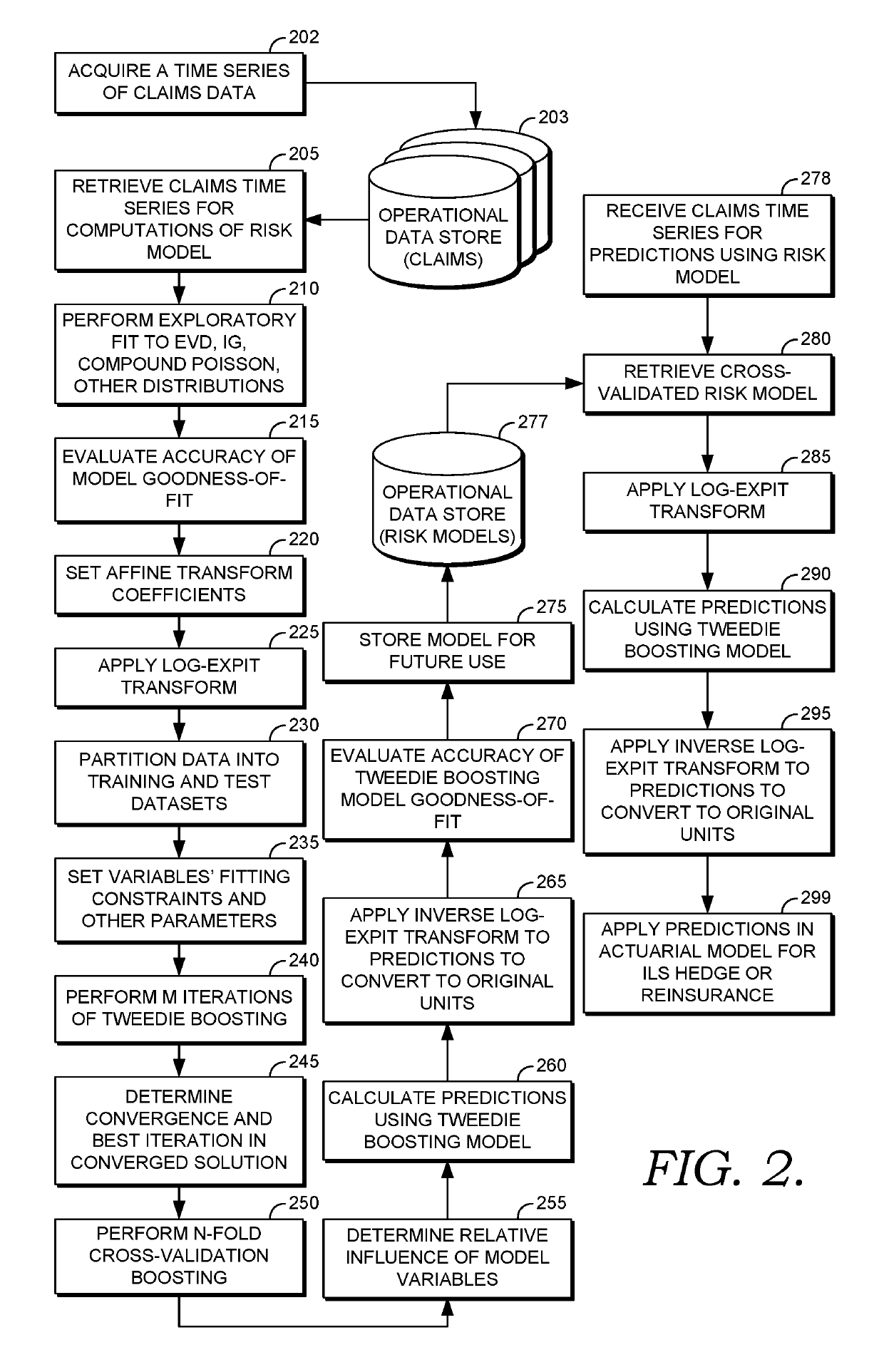Maintaining stability of health services entities treating influenza
- Summary
- Abstract
- Description
- Claims
- Application Information
AI Technical Summary
Benefits of technology
Problems solved by technology
Method used
Image
Examples
embodiment 1
[0057]A method for securitizing epidemic or pandemic acute-care health services catastrophe risk comprising: determining a mathematical model predicting aggregate loss statistical distributions based on historical insurance claims and electronic health record information for a plurality of hospital admissions over a period of time; determining the aggregate loss with confidence-band or Value at Risk (VaR) bounds on the losses thus determined; establishing one or more risk classes on the system of the reinsurer, each risk class representing one or more epidemic or pandemic catastrophe risks, wherein each risk class being recurringly issuable from the system of the reinsurer or from a financial exchange as risk instruments providing a return on an investment, and wherein the amount of the return for a risk instrument being reduced upon the occurrence of a realization event for the corresponding represented epidemic or pandemic catastrophe risk; and issuing a first collection of risk i...
embodiment 2
[0058]The method of embodiment 1, wherein the one or more risk classes include a plurality of risk classes each representing an individual epidemic or pandemic catastrophe risk, and one or more risk classes representing a combination of epidemic or pandemic catastrophe risks represented by two or more of the plurality of risk classes.
embodiment 3
[0059]The method of embodiments 1 or 2, wherein the mathematical modeling includes transforming the raw claims data by a transform such as a log-expit function, whose effect is to place emphasis on the high-value right-tail of the claims distribution during model generation and a non-parametric machine-learning method to determine a mathematical model from said transformed claims data.
PUM
 Login to View More
Login to View More Abstract
Description
Claims
Application Information
 Login to View More
Login to View More - R&D
- Intellectual Property
- Life Sciences
- Materials
- Tech Scout
- Unparalleled Data Quality
- Higher Quality Content
- 60% Fewer Hallucinations
Browse by: Latest US Patents, China's latest patents, Technical Efficacy Thesaurus, Application Domain, Technology Topic, Popular Technical Reports.
© 2025 PatSnap. All rights reserved.Legal|Privacy policy|Modern Slavery Act Transparency Statement|Sitemap|About US| Contact US: help@patsnap.com



